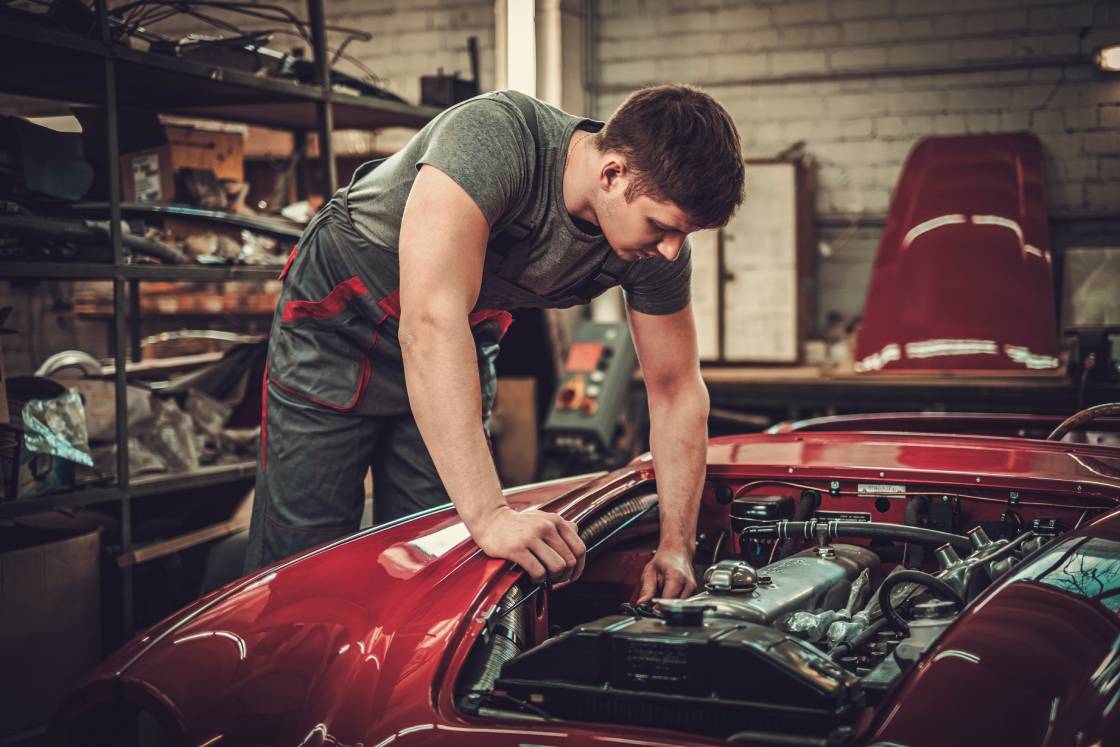One of the most interesting trends in the automotive world, especially concerning classic cars, is electric vehicle (EV) conversion. Many owners of vintage vehicles are taking out the internal combustion engines and swapping them with an EV motor. If you own an old car, we’ll explain why you should consider converting your classic into an EV!
Reliability and Drivability
Swapping out the internal combustion engine for an electric motor will make your classic vehicle more reliable and easier to drive. Electric motors and powertrains consist of fewer parts than combustion engine setups, making them much easier to maintain.
Classic car EV owners don’t have to worry about replacing rare or old parts, oil changes, fluid drips, and all the other small problems that add up with an old vehicle. With a vintage EV, drivers only have to worry about charging the battery!
Fuel Savings
It’s no secret that old vehicles are not the most fuel-efficient. Frankly, the fuel economy wasn’t a concern for many drivers and automakers in the past.
Unfortunately, this means many old cars are gas guzzlers that cost an arm and a leg to fill up. If you want to skip the gas station, an EV classic car is much cheaper to charge on a daily, monthly, and yearly basis.
Promote Sustainability
If you believe sustainability is the future, you should consider converting your classic car into an EV. It’s the best way to make your vintage vehicle more sustainable, as it transforms your classic car into a beacon of automotive progress. A classic EV is the best of both worlds!
Performance Boost
Turning your classic car into an EV benefits maintenance, sustainability, and performance. EVs always have the advantage over vehicles with internal combustion engines thanks to their instant torque delivery that even the most legendary muscle cars can’t match!
Simple Conversion
Some classic car owners may worry about the time and resources it takes to convert their vehicle into an EV, but it’s quite simple. Since older cars have few electronic components, they require little work outside of the engine compartment. In many cases, it includes removing the internal combustion parts, mounting the new motor, wiring it all together, and voila—a classic car EV!
We hope our breakdown has given classic car owners like you something to think about. If you want to simplify maintenance, save on fuel, promote sustainability, and increase your vintage vehicle’s performance, an EV conversion may be for you!








